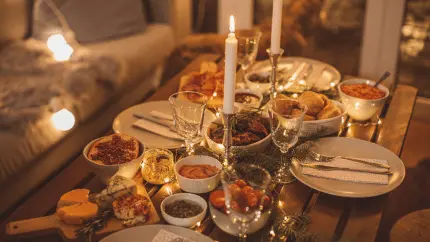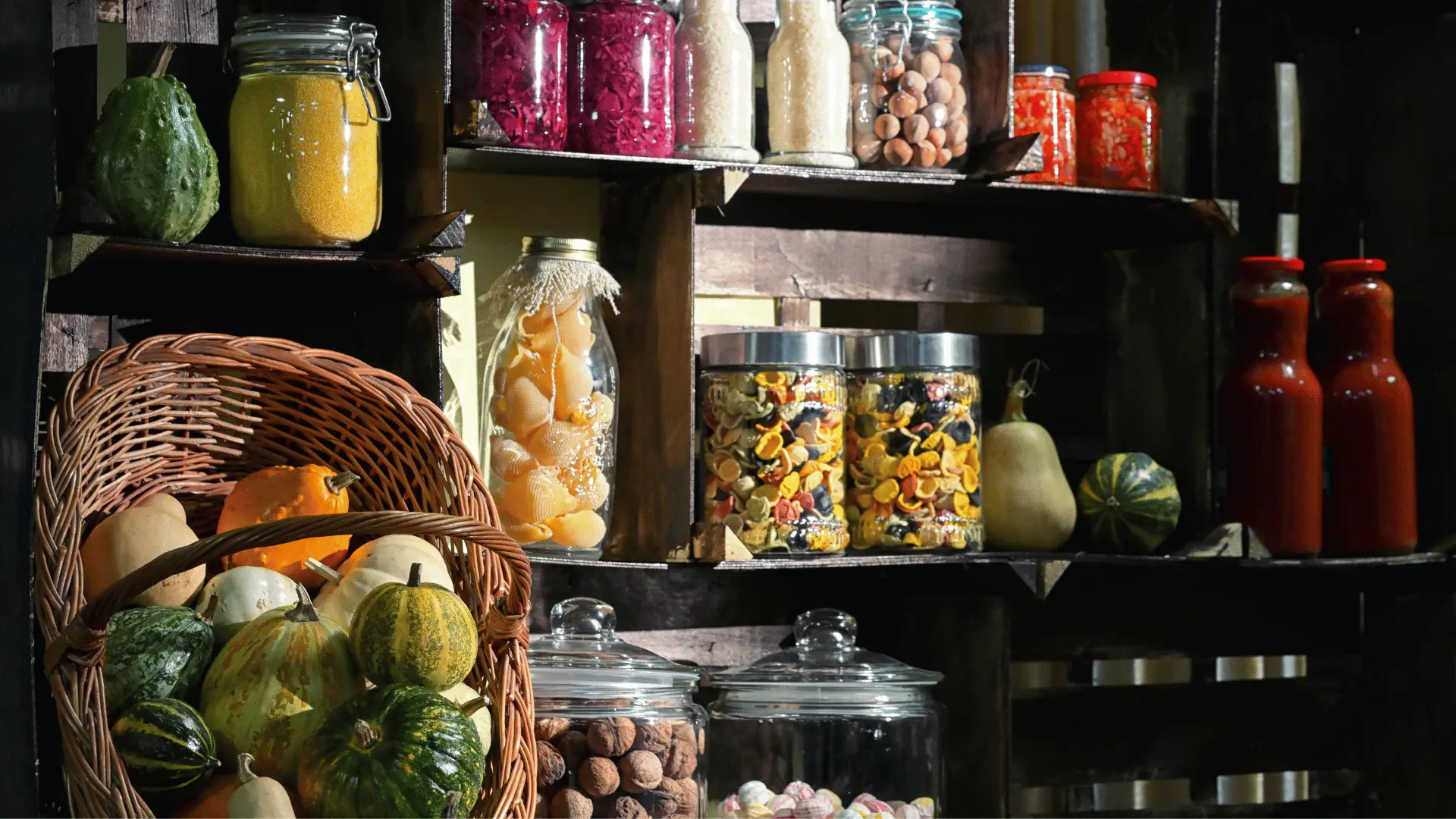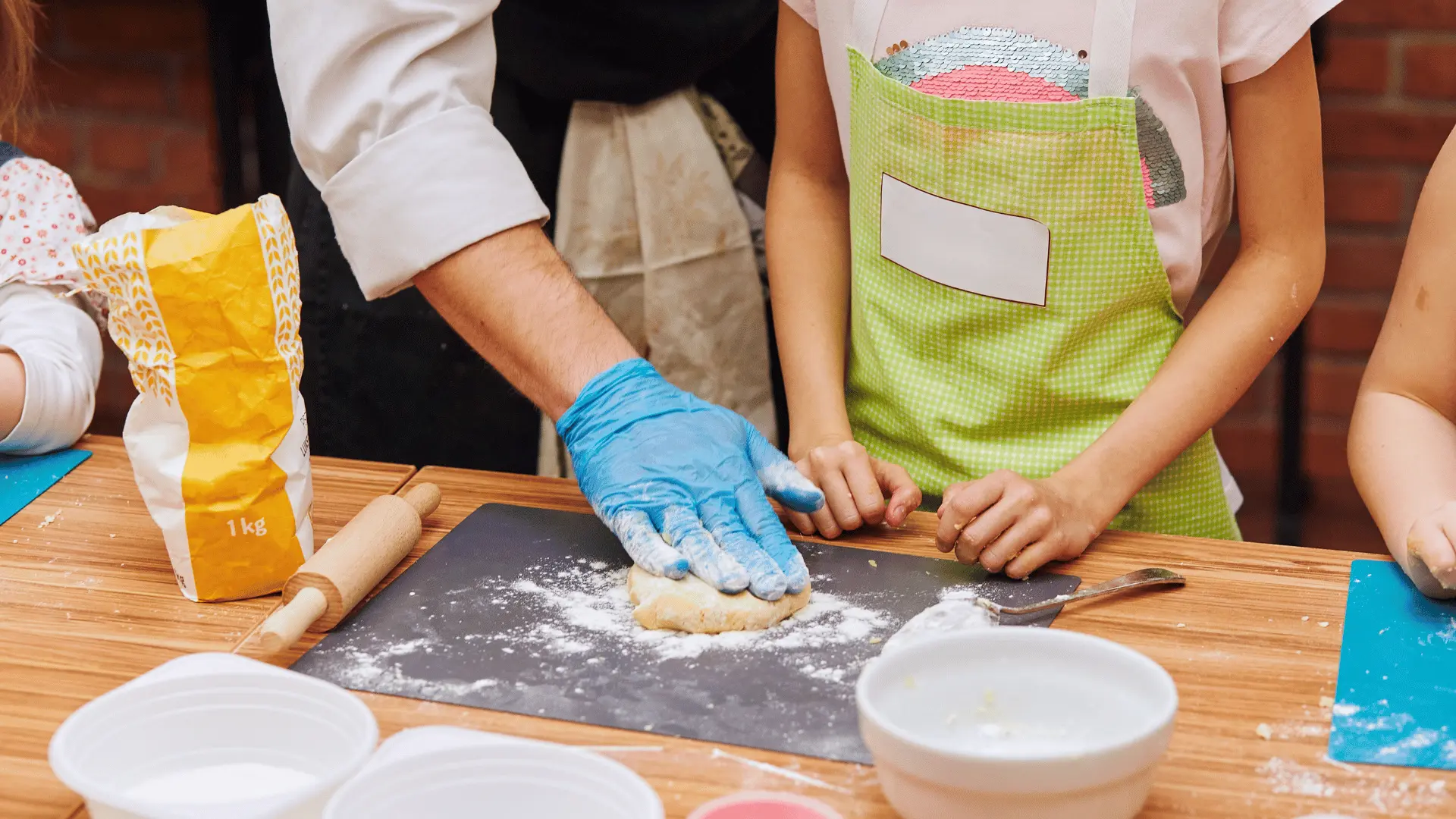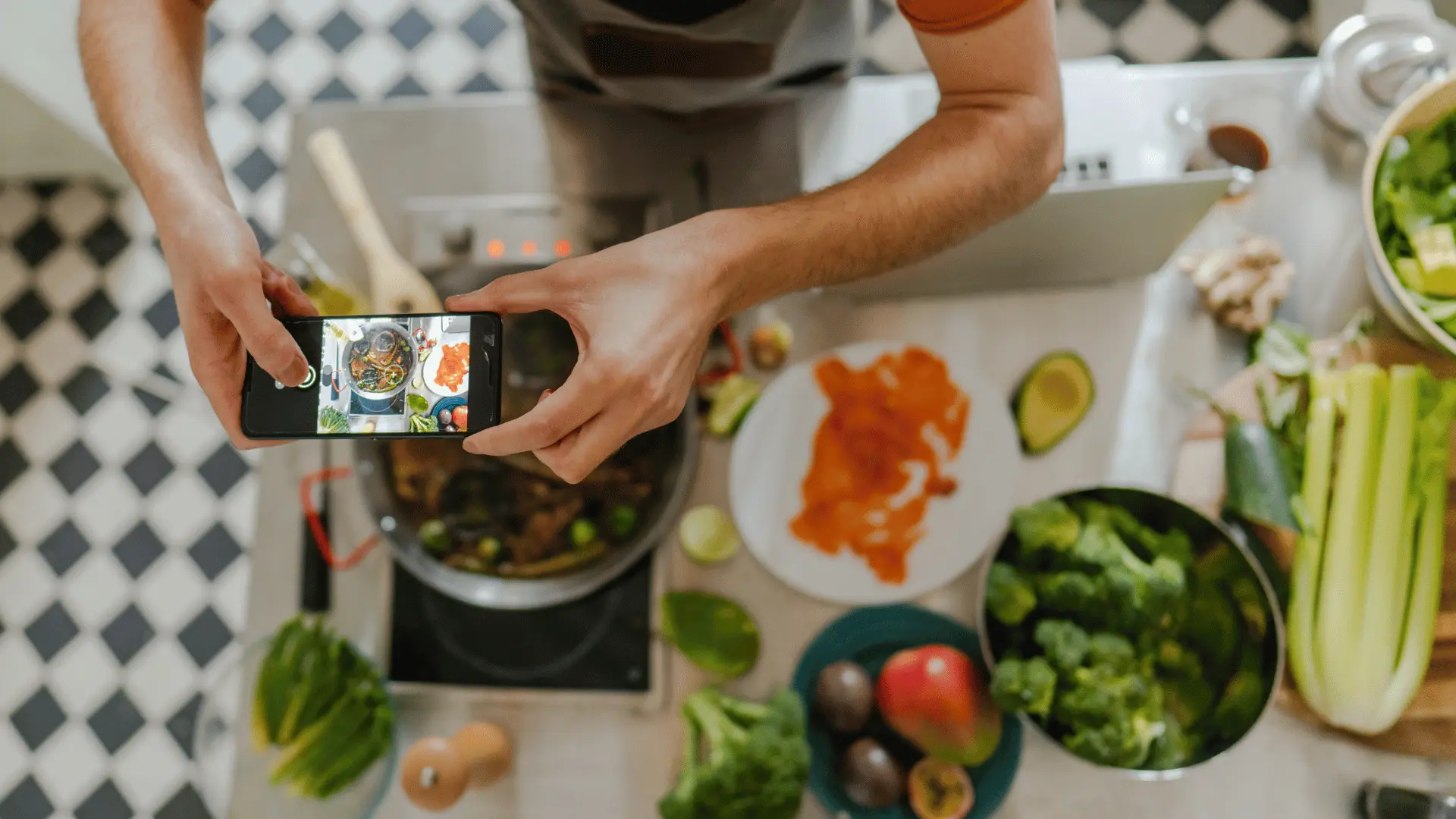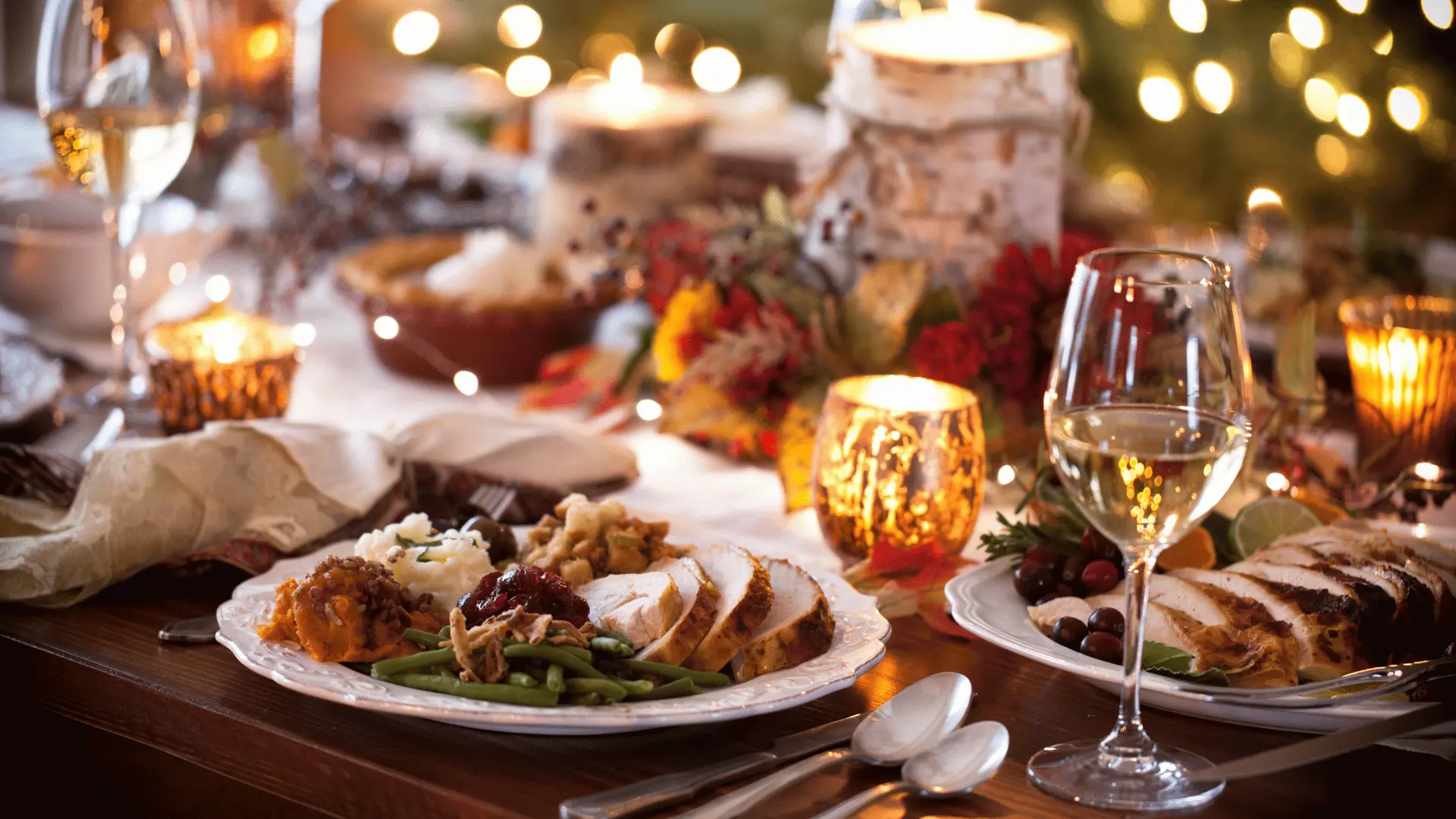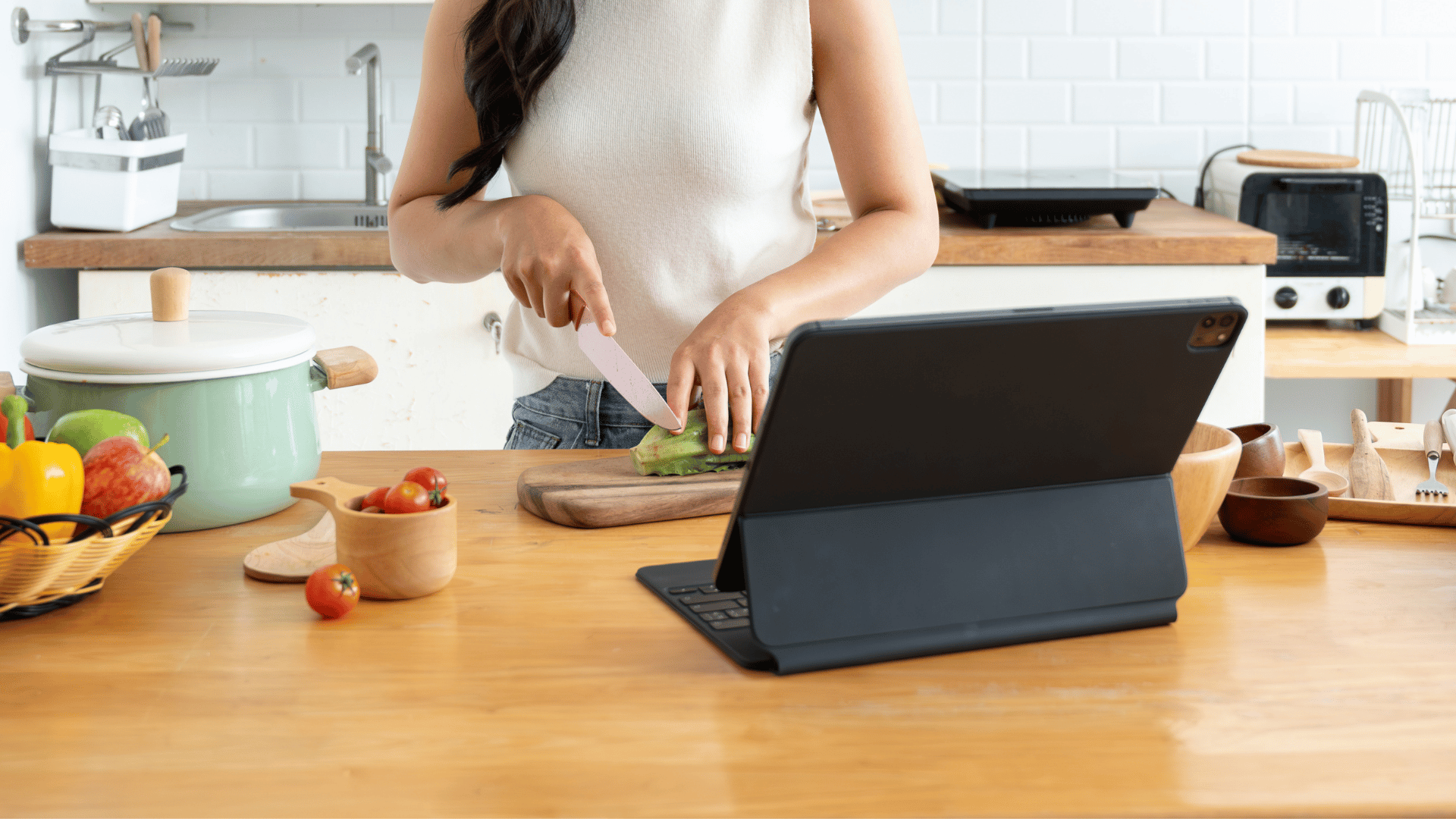
10 Questions to Ask Before Sharing a Family Recipe Online
We love how a single recipe can travel from one kitchen to another and spark joy in homes we’ve never visited. But we also know that some dishes carry more than flavor—they carry identity, history, and intimate family stories. In a world where a screenshot can outlive the original post, it’s worth pausing before we hit “publish.”
This guide offers a practical, reassuring framework—10 clear questions—to help you decide whether to share a family recipe online or keep it within a private circle. It’s not about gatekeeping; it’s about sharing with intention, preserving context, and protecting what matters most.
Why a Decision Framework Helps
Once a recipe is public, it’s difficult to control where it goes or how it’s used. That might be fine for a Tuesday-night pasta bake, but not for a handwritten pie recipe that’s been lovingly passed down for generations. A short, thoughtful check-in can help you share generously without losing the heart of the dish—or the story behind it.
The 10 Questions
1) What’s the story attached to this recipe—and who does it belong to?
Does the dish memorialize a loved one, a cultural tradition, or a pivotal family moment? If the story feels deeply personal, consider sharing the memory with your inner circle while keeping the method private—or share a simplified version publicly while preserving the original in a private family space with Recipe Memory.
2) Would my family feel comfortable with this being public?
Check in with the people most connected to the recipe. If Aunt Maria sees her tamales as a sacred holiday ritual, or Grandpa has always said his sauce is “for family only,” respect that boundary. If there’s disagreement, start with a private share to a smaller group and revisit later.
3) Is there a way to share without giving away the whole thing?
You can post tips, a story, or a high-level method while keeping key proportions or techniques private. Many families share a “lite” version publicly and save the full heirloom recipe in a private Recipe Memory Table.
4) Could this recipe be misattributed or detached from its origin?
Online, context can disappear quickly. If it matters that your grandmother’s name stays with the dish, include clear attribution in the recipe header (e.g., “Grandma Lila’s 1962 Apple Pie, adapted by the Wilson family”). Save the full, annotated version in your private collection so the story travels with the method.
5) Are there cultural considerations I should honor?
Recipes rooted in specific cultures deserve care. If the dish comes from a tradition you want to protect from dilution or misunderstanding, consider sharing with more context (history, sourcing, meaning) or keeping it in a family-only space.
6) What’s my goal for sharing—connection, visibility, or preservation?
Sharing for connection (with relatives, neighbors, a small group) may call for a private or limited post. Sharing for visibility (a broad audience) may justify a more polished public post. Sharing for preservation means documenting the recipe and story in a stable, accessible archive—your Recipe Memory cookbook—before you do anything else.
7) If this recipe goes viral without credit, will I regret sharing?
Once public, recipes can travel far. If losing control would sting, keep it private, post a simplified version, or create a clear attribution note and watermark photos. You can also publish a public synopsis that points readers to request access to the full version via your Recipe Memory Kitchen profile.
8) Is the recipe actually ready to be shared?
Make sure measurements are accurate, timing is tested, and instructions are clear for cooks outside your household. If it relies on intuition (“until it looks right”), consider documenting with photos, weights, or short video clips first. Save that fully documented version in Recipe Memory so your family never loses the original know-how.
9) What’s the safest format for the way I want to share?
Private Table (family-only) for sensitive recipes; limited-circle share (trusted friends or collaborators) for semi-private dishes; public Kitchen post for recipes you want to inspire a wider audience. You can always change your mind later—start private and expand when it feels right.
10) How will I protect the recipe’s context wherever it goes?
Pair the method with its meaning: a short origin story, who taught it to whom, where the ingredients came from, and when it’s served. Include serving photos, handwriting scans, or voice notes. In Recipe Memory, attach these assets directly to the recipe so the story and technique stay linked, even if a public version floats around the web.
A Simple Decision Tree
Use this quick flow when you’re on the fence:
- Is anyone in the family uncomfortable with public sharing? If yes, keep private or share only within a closed Table.
- Is the dish a cultural or family heirloom? If yes, preserve privately first; consider a public story with a simplified method.
- Would losing attribution upset you? If yes, add clear credits, watermarks, and keep the full version private.
- Is the recipe well-documented? If not, refine and save the master version before posting.
- What’s the goal—connection, visibility, or preservation? Choose the sharing level that best fits the goal.
Examples in Practice
- Grandma’s Pie Crust (Heirloom): Save the exact technique, weights, and handwritten card privately. Publicly, share a story-driven post with high-level tips and a family photo, pointing readers to your Recipe Memory profile for more context.
- Weeknight Turkey Chili (Everyday Favorite): Share publicly with clear directions, a toppings bar idea list, and a note that the recipe lives (with variations) in your Recipe Memory cookbook.
- Holiday Tamales (Cultural Ritual): Preserve the method and a video of the family assembly line privately. Publicly, share the tradition’s history, a photo essay, and a simplified masa guide that honors the roots without giving away protected family specifics.
Protecting What Matters When You Do Share
If you choose to publish, a few practical steps help your recipe travel with its story:
- Lead with attribution: “From the Nguyen family archive; taught by Aunt Lan, adapted by the next generation.”
- Watermark images: Tasteful, small marks on process and hero shots discourage unattributed reuse.
- Include the why: Two or three lines about the dish’s history and when your family serves it gives readers context to treat it with respect.
- Keep the master copy safe: Store the canonical version—full measurements, tips, videos, and scans—in Recipe Memory so your family always owns the origin.
A Note on “Secret” Elements
Some families share the bulk of a recipe but keep a small technique, ratio, or spice blend private. That’s a valid approach. If you go this route, be transparent and kind to readers: offer a delicious public version that stands on its own, and explain that your family keeps a tiny detail as a cherished heirloom. You preserve your boundary while still giving cooks something wonderful to make.
Template: A Respectful Public Header
Grandma Lila’s Apple Pie (Wilson Family, 1962)
Saved & preserved in our private Recipe Memory cookbook.
Shared here with love so others can enjoy it—please credit the Wilson family if you post.
Before You Hit Publish: A 30-Second Checklist
- We’ve agreed as a family on where this lives (private table, limited share, or public Kitchen).
- The master recipe (with full notes, photos, and story) is saved in Recipe Memory.
- Attribution and story are included in the public version.
- We’re comfortable if this circulates without our oversight.
- If needed, we kept one tiny element private without breaking the recipe.
Why It Matters
Recipes aren’t just instructions; they’re relationships. Deciding how to share them—privately, in small circles, or with the wider world—honors both the people who came before us and the cooks who will carry these dishes into the future. With a little intention, we can inspire others and protect the heart of what makes a recipe ours.
Key Takeaway
Share generously, but share on purpose. Ask these 10 questions, save your master version where it’s safe, and choose the right level of visibility—private, circle, or public. With Recipe Memory, your recipes and their stories travel as far as you want them to—and no farther—so your family’s flavors stay yours while still bringing joy beyond your table.
Love what you’re reading?
Join Recipe Memory today to save your favorite recipes, plan meals with ease, and create smart grocery lists ...all in one place.
